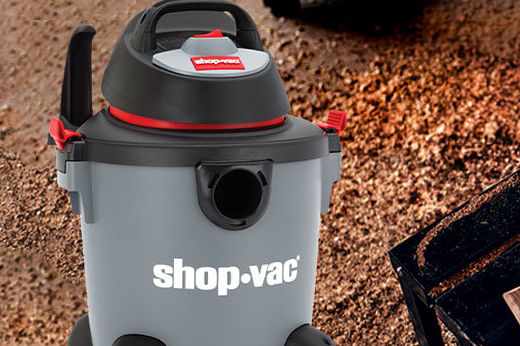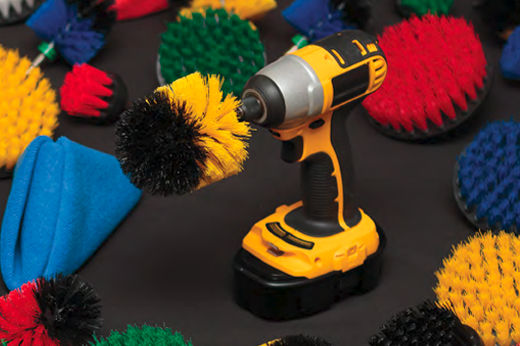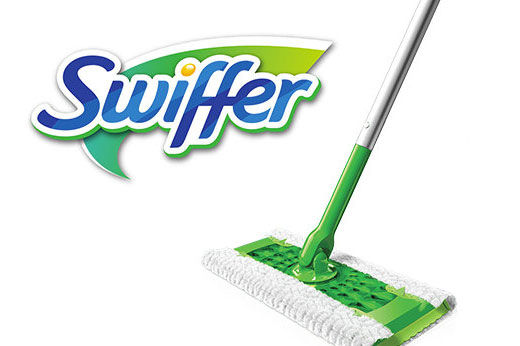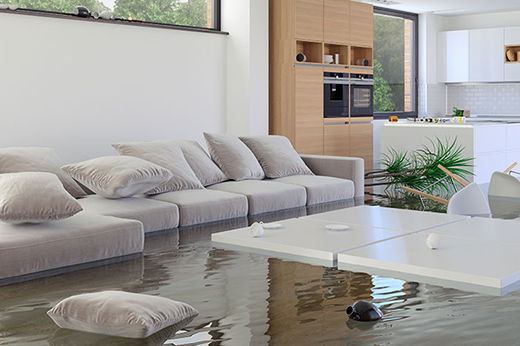How to Clean Your Kitchen and Bathroom Floors
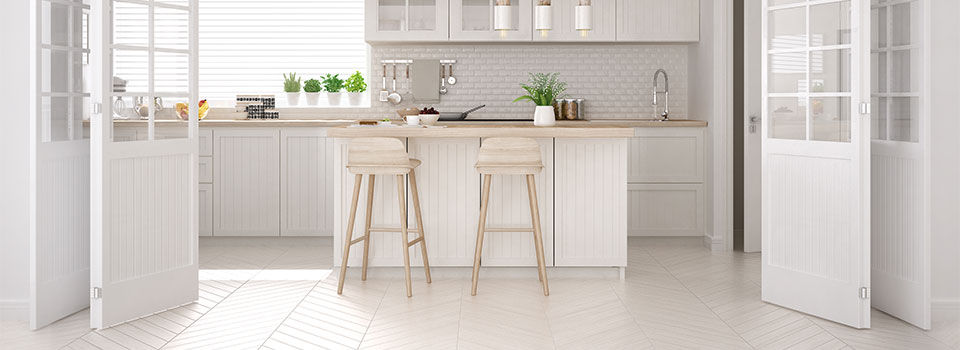
The kitchen and bathroom floors are two parts of your home that likely accumulate more dirt and bacteria than you realize. Even if you stay on top of spills and splashes with a laser focus, eventually, these floors will need a deep cleaning to stay sanitary and attractive. Letting dirt build up can even damage certain types of flooring. Deep-cleaning these surfaces at least twice a year will help you feel confident that you’re cooking and bathing in a sanitary environment.
Cleaning Bathroom Floors

Due to the level of humidity and likelihood of dripping water, most bathroom floors are covered with a material that’s relatively easy to deep clean. Laminates are the most sensitive type of flooring usually found in bathrooms, but the type of water-resistant laminate sometimes used in these wet environments is fairly easy to scrub without damage. Cleaning the grout between ceramic or porcelain tiles is the most time-consuming part of a bathroom floor cleaning project. If you have vinyl or laminate, you’ll find that all you really need to do is mop. Start with a good sweeping or vacuuming to get loose dirt up. Choose an antibacterial floor cleaner that is designed for the flooring you’re cleaning. Laminates need to be damp mopped, which means almost no water is used. Try putting some of the cleaning product in a shallow painter’s tray rather than a mop bucket to give you more control over how much you absorb. A sponge mop is also recommended for both vinyl and laminate since it provides better contact with the floor for soft scrubbing power on stains and spots.
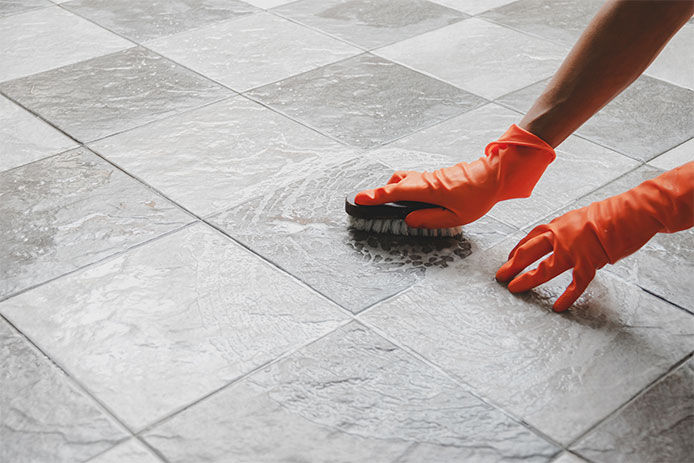
For grouted tile floors, you need to mop, scrub the grout, and then mop again. You only really need a cleaning product for the first mopping. Leave the floor a little damp with the first mopping to help loosen grime in the grout for scrubbing. Getting down on your knees is generally the best way to scrub the grout. Trying to use a long-handled brush could damage the material or leave it still dirty. A small hand brush and a pair of knee pads make this process go as quickly as possible without compromising the cleanliness. After you’ve scrubbed each grout line with a commercial cleaning paste or a mixture of baking soda and water, you need to wipe the lines clean and mop with clean water. This will reveal any spots that are still a little grungy and in need of extra scrubbing.
Cleaning Kitchen Floors

Kitchen floors need basically the same treatment if they’re made of tile or vinyl. The difference comes in when you have a kitchen floor that is low-moisture laminate, hardwood, or even carpet. If you have carpet in your kitchen, it’s best to replace it as soon as possible since even steam cleaning won’t sanitize it. Hardwood and low-moisture laminates can be cleaned and sanitized with care. Both run the risk of warping or becoming discolored if too much water is used in the cleaning process. Damp-mopping a mix of white vinegar and water, one cup of vinegar to one gallon of water, is the recommended practice for kitchens. This will help sanitize the floor without damaging the wood or running the risk of getting too wet for laminates. Use a sponge mop for greater control over the amount of water you’re applying since you can squeeze it by hand if necessary to get it as dry as possible. Try spraying down the laminate with a wood floor cleaning product and then using a dry mop to wipe it up, repeating until the surface is clean. This can include a mild bleach spray or other disinfectants, as long as it’s listed as safe to use by the flooring manufacturer.

Hardwood floors can generally handle enough moisture for damp-mopping, even if the wood is engineered rather than solid. Dish soap or castile soap are commonly recommended for mopping these kinds of floors without damaging the sealant or wood. Just a few drops of soap in a bucket of water are enough to help lift dirt and stains. Commercial wood cleaning products also work well. For a sanitizing wash at least twice a year, mop with plain water and ½ cup of chlorine bleach per gallon of water. Then let dry and mop with a soap or cleaning product to lift dirt and stains.
Don’t let spills and stains build up between deep cleanings. Tackle any immediate spills with a damp cloth and mild cleaning product to prevent messes from setting in, especially on floors with grout or gaps between floorboards. With a little help, twice-annual cleaning will keep your bathrooms and kitchens neater and much more sanitary.
While do-it-yourself projects can be fun and fulfilling, there is always a potential for personal injury or property damage. We strongly suggest that any project beyond your abilities be left to licensed professionals such as electricians, plumbers, and carpenters. Any action you take upon the information on this website is strictly at your own risk, and we assume no responsibility or liability for the contents of this article.

